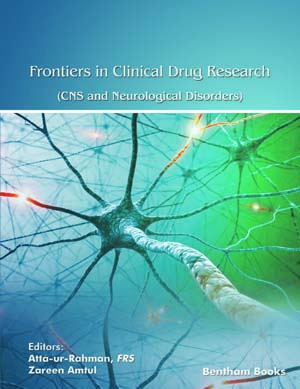Abstract
Schizophrenia is a thought disorder characterized by hallucinations, delusions, and disorganized thinking. It affects 1% of the world population. Neuroleptics are the drugs used in the treatment of schizophrenia. Besides extrapyramidal side effects, hyperprolactinemia is a major side effect with neuroleptics like haloperidol, risperidone, etc. Hyperprolactinemia results in gynecomastia (male), galactorrhoea, oligomenorrhoea, and amenorrhoea (female) which leads to sexual dysfunction and infertility. Dopamine receptor agonists like cabergoline, bromocriptine, etc are used in the treatment of hyperprolactinemia. However, these drugs may aggravate the symptoms of schizophrenia. So, there is a need for the discovery of drugs that can be used against neuroleptic drug-induced hyperprolactinemia. Lack of suitable animal models for the evaluation of new drugs against neuroleptic drug-induced hyperprolactinemia is a major concern. In this chapter, reviews on neuroleptic drug-induced hyperprolactinemia and the available animal models for the screening of hyperprolactinemia are included.
Keywords: Animal Model, Hyperprolactinemia, Neuroleptic, Schizophrenia.






















